You may know that more than one-half of all women age 50 or older have low bone mineral density (BMD) and will suffer an osteoporosis-related fracture in her lifetime. Approximately eight million American women already have osteoporosis. Another 34 million Americans (male and female) have low BMD, many of whom are unaware of the
condition of their bones. Do you know the condition of your bones?
A national study confirms about one-half of postmenopausal women have low BMD and are not ware of it. The study, part of the National Osteoporosis Risk Assessment study (NORA), looked at more than 200,000 ethnically diverse postmenopausal women to determine how many with low BMD had fractures in the next 12 months.
NORA found more than 7% of the postmenopausal women had osteoporosis. Approximately another 40% had osteopenia, or bone loss enough to increase fracture risk, but not low enough to diagnose as osteoporosis. Women with osteoporosis or osteopenia were more likely to have low body weight, smoke cigarettes, not exercise, have a family history of osteoporosis or fractures, have had personal bone fractures, use corticosteroid medications, and not use estrogen medications. Women with normal BMD were more likely to have a higher body weight, be African-American, use estrogen and exercise regularly. Though risk of osteoporosis is lower for African-American women, they are not immune to bone loss. This study showed 4% of African-American women had osteoporosis and 32% had osteopenia.
Women with low BMD were more likely to fracture a bone during the next 12 months than were women with normal BMD. Women with osteoporosis were nearly three times more likely to have fractures, while women with osteopenia were nearly two times more likely to have fractures. This suggests low BMD increases your fracture risk now, not just fracture risk a few years down the road. The National Osteoporosis Foundation (NOF) estimates osteoporosis causes 1.5 million bone fractures each year. It cost an estimated $17 billion to treat osteoporosis-related fractures in 2001. Clearly, if only from a cost point of view, it is important to identify persons at risk for fractures and start measures that can help prevent fractures.
Who should be tested for bone loss? Most experts recommend all postmenopausal women age 56 or older should have a BMD test. Postmenopausal women younger than age 65 should also have a test if they have at least one other risk factor (besides age and being female). Both men and women should talk to their healthcare providers about BMD testing if they show symptoms that suggest osteoporosis: fractures not caused by trauma; a height loss more than 1 1/2 inches; a curved spine or hump back; chronic pain in upper or middle back (sign of spine fractures); or presence of significant risk factors.
Risk factors include family history, an early menopause, menstrual irregularities, low testosterone levels (men), body mass index below 19, an eating disorder history, a history of low calcium intakes, a medical condition that causes bone loss, or take medications that cause bone loss. Test results can help you and your healthcare provider decide if medications that can help reduce fracture risk and help prevent or slow bone loss are needed.
Of course, the ideal routé is to prevent osteoporosis or at least slow bone loss that starts at menopause. Choose a healthy diet that includes three or more servings of milk or dairy foods for calcium and vitamin D, and five or more servings of vegetables and fruits for other nutrients important for bones. Spend about 10 to 15 minutes in the sun daily, if safe for you, so your body can make its own vitamin D. Maintain an active lifestyle that includes regular weight-bearing exercises, like walking, running, tennis or gardening. Include exercises that strengthen muscles and bones, like lifting weights or push-ups, and exercises that improve balance and flexibility, like stretching.
Get a BMD test when the time is right for you. If needed, talk to your doctor and take appropriate medications, including hormone/estrogen replacement therapy. You'll also need calcium/vitamin D supplements if your diet does not supply enough. Finally, avoid habits that are harmful to bones: smoking, drinking excess alcohol (more than 7 drinks/week); consuming too much caffeine (more than 4 cups coffee daily); and an inactive lifestyle. Do all these and it is likely a bone fracture may not be in your future.
Debbie Wilburn is County Agent/Family and Consumer Science Agent with the Hall (770)535-8290 and the Forsyth (770)887-2418 County Extension Service.
Monday
August 4th, 2025
2:38PM











